EVERY
female health optimization
BUILDING STRONG RESILIENT WOMEN

PREPARED AND PRESENTED BY

Welcome to your female health guidebook

WELCOME
Welcome to your LIV1 Female Guidebook, your ultimate resource for navigating the unique journey of womanhood with strength, confidence, and vitality This guidebook is designed to empower you with the knowledge and tools needed to enhance your health and wellness at every stage of life Here, you'll find insights into optimizing your physical and mental well-being, tailored specifically for women who are committed to going beyond the ordinary At LIV1, we celebrate the 1% of women who push past limits embracing challenges and striving for excellence Whether you're exploring new fitness routines, seeking nutritional guidance, or looking for inspiration, this guidebook is your companion on the path to becoming the best version of yourself Welcome to the start of a transformative journey!

Essential Pillars of Health
NUTRITION
Protein is a crucial component of nutrition for females, playing an essential role in supporting growth, development, and overall health As the building blocks of muscles, tissues, enzymes, and hormones, proteins are vital for maintaining a healthy body composition and supporting the immune system. During adolescence, when rapid growth and hormonal changes occur, adequate protein intake is necessary to ensure proper development and repair of tissues Additionally, protein helps regulate hunger and maintain stable energy levels, which can be beneficial for managing weight and promoting a healthy lifestyle. Sources of high-quality protein, such as lean meats, fish, eggs, dairy products, legumes, nuts, and seeds, should be included in the diet to provide the essential amino acids needed for optimal health It is encouraged to incorporate a variety of protein sources into meals which can help support physical and cognitive development, setting the foundation for a lifetime of health and well-being.

Essential Pillars of Health
EXERCISE
Exercise, particularly resistance training, is vital for females, contributing significantly to their physical and mental health. Engaging in resistance training, which includes activities like weight lifting, bodyweight exercises, and using resistance bands, helps build and maintain muscle mass, improve bone density, and enhance metabolic health. During adolescence, when bones are still developing, incorporating resistance training can significantly strengthen the skeletal system, reducing the risk of osteoporosis later in life. Moreover, resistance training improves strength, coordination, and balance, which are crucial for overall physical performance and injury prevention Beyond physical benefits, exercise has positive effects on mental health, helping to reduce symptoms of anxiety and depression, improve self-esteem, and boost mood through the release of endorphins. Females are encouraged to include resistance training in their fitness routines as it will empower them to develop a strong, healthy body and foster a lifelong appreciation for physical activity

Essential Pillars of Health
SLEEP
Sleep is essential for females, playing a critical role in both mental and physical recovery. During sleep, the body undergoes vital processes that repair tissues, build muscle, and consolidate memories, which are crucial for growth and development during adolescence Adequate sleep helps regulate hormones, supports the immune system, and maintains a healthy metabolism, all of which contribute to overall well-being. For mental health, sleep is fundamental in processing emotions, reducing stress, and improving cognitive functions such as attention, decision-making, and creativity A consistent sleep schedule, allowing for 8 to 10 hours of quality sleep each night, is recommended to maximize these benefits. Poor sleep can lead to increased irritability, difficulty concentrating, and a weakened immune system. Encouraging good sleep hygiene, such as maintaining a regular bedtime, creating a comfortable sleep environment, and limiting screen time before bed, can help young females optimize their sleep quality, fostering resilience and promoting a healthy, balanced lifestyle.

Essential Pillars of Health
STRESS MANAGEMENT
Stress management is crucial for females, as effectively managing stress can significantly enhance both mental and physical health Learning healthy stress management techniques can prevent chronic stress, which is linked to various health issues, including anxiety, depression, and weakened immune function. Practicing mindfulness and relaxation techniques, such as deep breathing, meditation, and yoga, can help reduce stress by promoting relaxation and increasing self-awareness Regular physical activity is also an effective way to combat stress, as it releases endorphins that improve mood and decrease tension. Additionally, fostering strong social connections and seeking support from friends, family, or counselors can provide emotional support and enhance resilience Encouraging young females to prioritize stress management through healthy habits and positive coping strategies can empower them to navigate challenges confidently and maintain a balanced, fulfilling lifestyle.

Essential Pillars of Health
COMMUNITY
Building and nurturing a supportive community is essential, as the people around you significantly influence your personal and professional growth. Emphasizing the idea that we are a reflection of the five closest people around us highlights the importance of surrounding ourselves with individuals who inspire, motivate, and challenge us positively A strong community offers emotional support, diverse perspectives, and valuable networking opportunities that can help navigate life's challenges and celebrate successes. Engaging with like-minded individuals through social activities, professional organizations, or community groups can foster a sense of belonging and purpose By actively cultivating relationships with those who embody the values and qualities they aspire to, individuals can enhance their well-being, broaden their horizons, and unlock their potential, creating a rich, fulfilling life journey.
menstrual cycle
The menstrual cycle is a complex process that prepares a woman's body for potential pregnancy and typically lasts about 28 days, though it can range from 21 to 35 days. It is divided into four main phases: menstruation, the follicular phase, ovulation, and the luteal phase The cycle begins with menstruation, where the uterine lining sheds if pregnancy does not occur. During the follicular phase, the pituitary gland releases follicle-stimulating hormone (FSH), stimulating the growth of ovarian follicles, and one becomes dominant. Estrogen levels rise, leading to the thickening of the uterine lining. Ovulation occurs mid-cycle when a surge in luteinizing hormone (LH) triggers the release of an egg from the dominant follicle In the luteal phase, the ruptured follicle transforms into the corpus luteum, producing progesterone and estrogen to further prepare the uterine lining for a potential embryo If fertilization does not occur, the corpus luteum breaks down, leading to a decline in estrogen and progesterone levels, resulting in the shedding of the uterine lining, and the cycle begins anew.
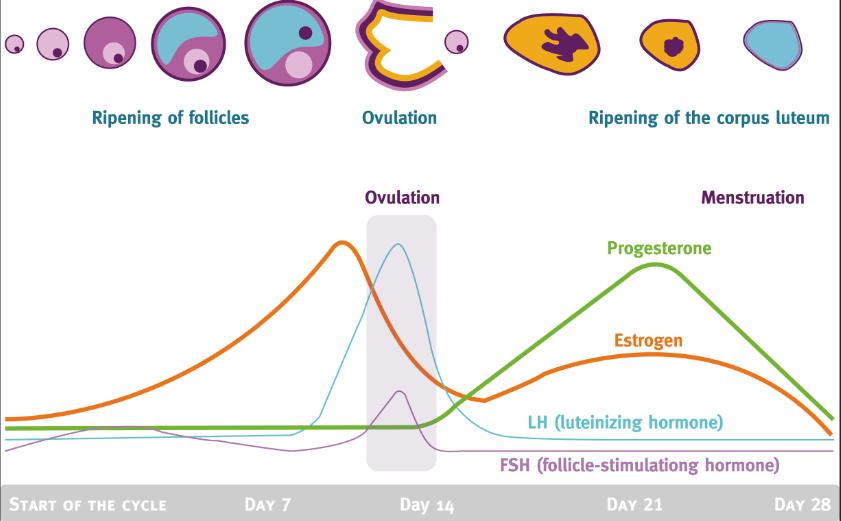
Hormones

ESTROGEN
Estrogen is a vital hormone in the female body, playing a crucial role in numerous physiological processes beyond its well-known function in the reproductive system. Primarily produced in the ovaries, estrogen is responsible for the development and regulation of the female reproductive system and secondary sexual characteristics, such as breast development and the regulation of the menstrual cycle It helps maintain the health of the reproductive tissues, including the uterus and vagina, and supports the preparation of the uterine lining for pregnancy. Additionally, estrogen influences bone density by promoting bone growth and remodeling, thus helping to prevent osteoporosis It also affects the cardiovascular system by contributing to healthy cholesterol levels and supporting the flexibility and function of blood vessels. Estrogen impacts the brain and mood regulation by interacting with neurotransmitters, which can affect cognition, mood stability, and overall mental health Its widespread influence highlights the importance of maintaining balanced estrogen levels for overall health and well-being throughout a woman's life.

PROGESTERONE Hormones
Progesterone is a crucial hormone in the female body, playing a key role in the reproductive system and affecting various other physiological processes. It is primarily produced by the corpus luteum in the ovaries after ovulation and, to a lesser extent, by the adrenal glands Progesterone's main function is to prepare and maintain the uterine lining for a potential pregnancy, making it essential for fertility and successful conception. After ovulation, progesterone increases to thicken the uterine lining, providing a nourishing environment for a fertilized egg to implant. If pregnancy occurs, progesterone continues to be produced by the placenta, supporting the pregnancy and preventing further ovulation during this period Besides its reproductive functions, progesterone also plays a role in regulating mood and sleep patterns by interacting with the brain's neurotransmitter systems. Additionally, it influences the body's metabolism, immune function, and bone health Balanced progesterone levels are essential for maintaining regular menstrual cycles, supporting pregnancy, and ensuring overall hormonal health.

TESTOSTERONE Hormones
Testosterone, although primarily known as a male hormone, plays a significant role in the female body as well. It is produced in smaller amounts by the ovaries and adrenal glands. In women, testosterone contributes to several important physiological processes, including the development and maintenance of muscle mass and bone density, which are crucial for overall strength and skeletal health. It also plays a role in the regulation of mood and cognitive functions, influencing feelings of well-being, motivation, and mental acuity. Testosterone is important for maintaining libido and sexual arousal, contributing to sexual health and satisfaction Additionally, it aids in the production of red blood cells and helps regulate fat distribution, impacting metabolic health. Balanced testosterone levels are essential for energy, vitality, and overall hormonal balance in women. An imbalance can lead to various health issues, highlighting the importance of maintaining appropriate levels for optimal health and well-being
Hormonal symptoms
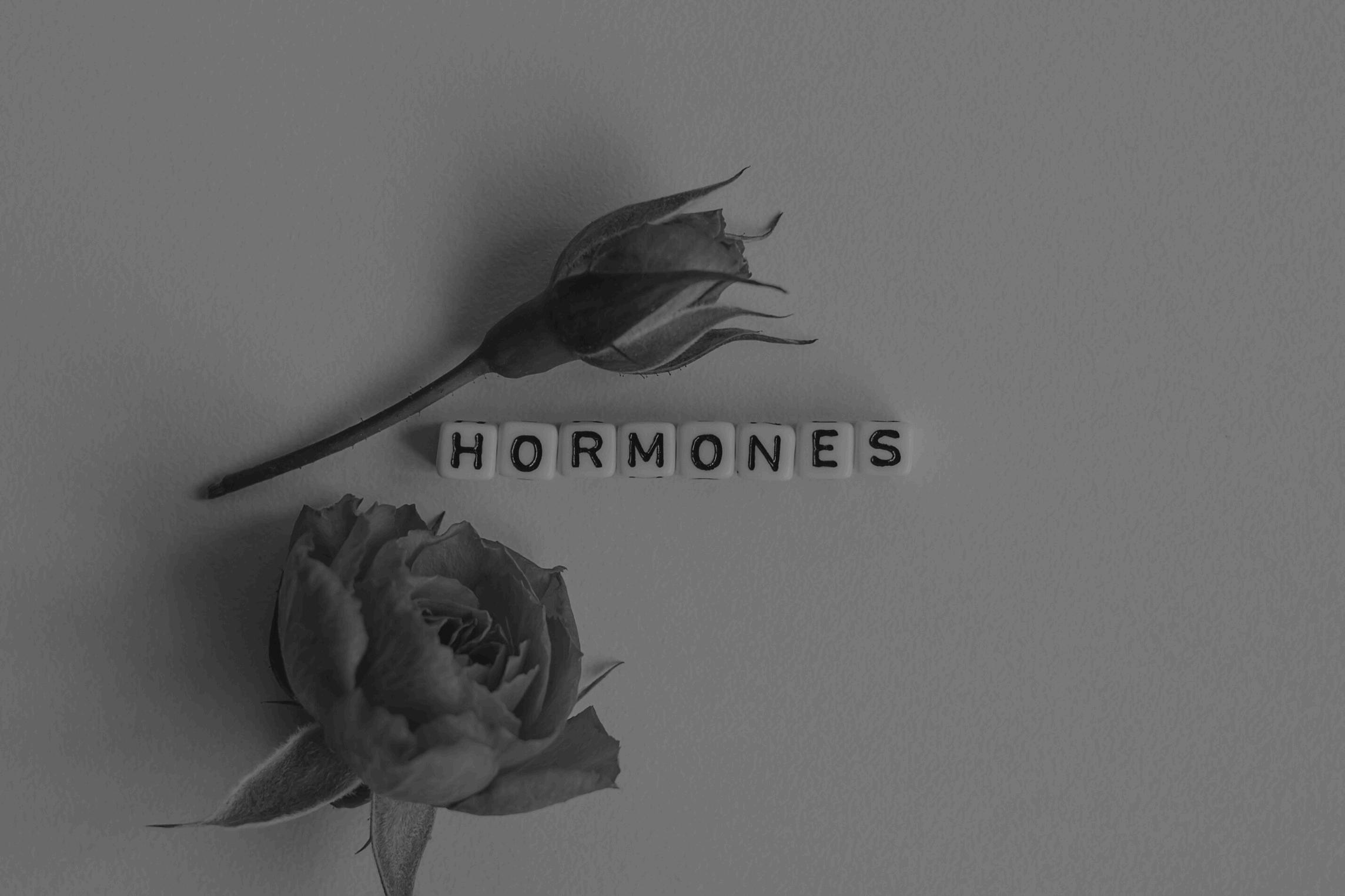
SEXUAL INTEREST DECREASE
DEPRESSION
FIBROCYSTIC BREASTS
HEAVY MENSES
UTERINE FIBROIDS
WEIGHT GAIN
DIFFICULTY LOSING WEIGHT FATIGUE/LOW ENERGY
INFERTILITY
THIN HAIR/NAILS/SKIN
VAGINAL DRYNESS
WEIGHT GAIN - MIDSECTION
PROGESTERONE EXCESS PROGESTERONE DEFICIENCY
BLADDER INCONTINENCE
INSULIN RESISTANCE
RELAXED LIGAMENTS
SUPPRESSED IMMUNE SYSTEM
TESTOSTERONE EXCESS
ANXIETY, ANGER, AGITATION
HAIR LOSS/HAIR GROWTH
ACNE
INFERTILITY
INSULIN RESISTANCE
ANXIETY/DEPRESSION
INSOMNIA
IRRITABILITY
WEIGHT GAIN
TESTOSTERONE DEFICIENCY
DECLINE IN MUSCLE TONE
DECREASED SEX DRIVE FATIGUE/LOW ENERGY
HEADACHE
DIFFICULY IN ORGASM
what is normal?
IS WHAT I AM FEELING NORMAL?
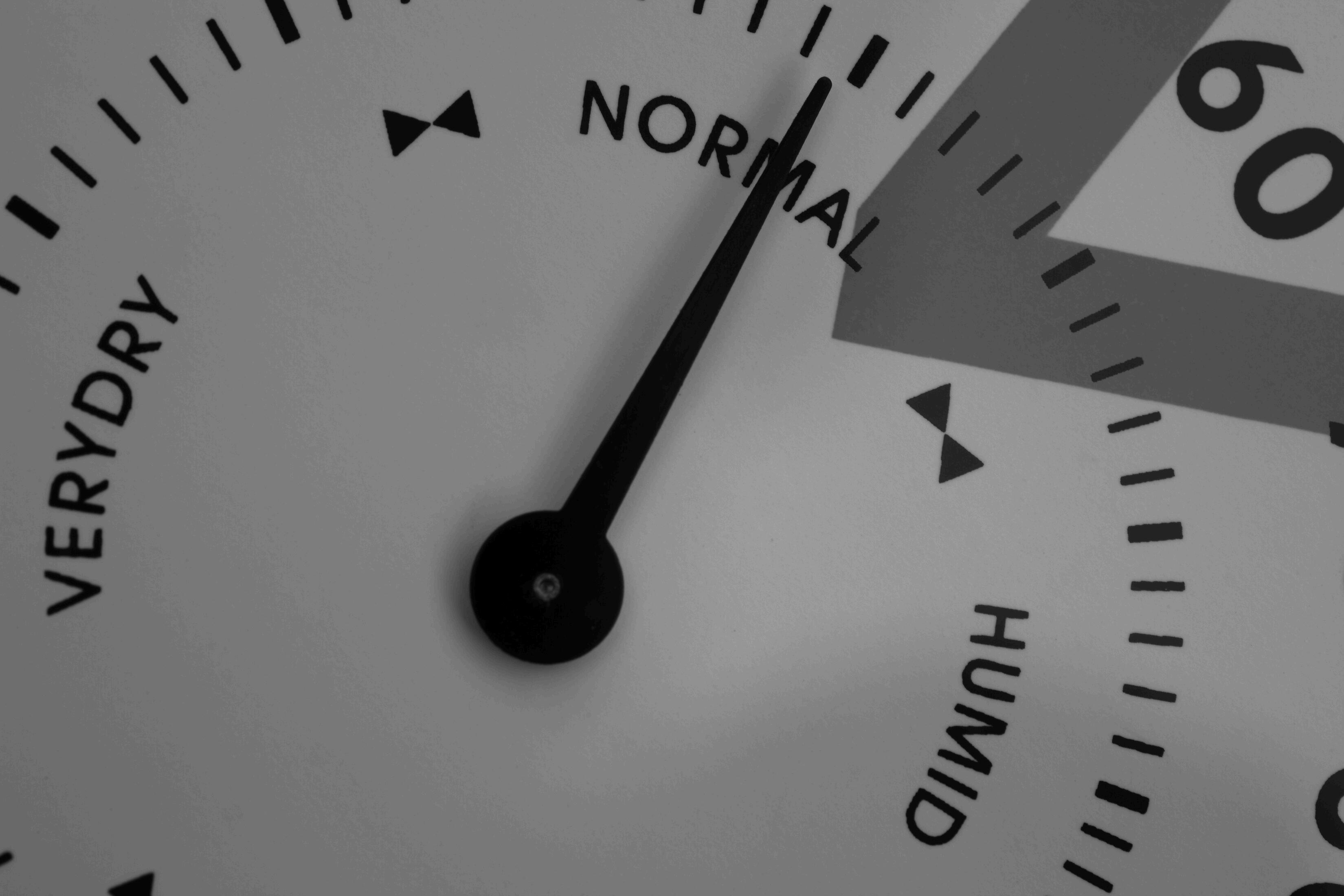
A normal menstrual period is a natural and healthy part of a woman's reproductive cycle, typically occurring every 21 to 35 days and lasting between two to seven days During this time, it is normal to experience a range of symptoms, including cramping, bloating, breast tenderness, mood changes, and fatigue. The amount of blood loss can vary, with an average flow resulting in about 30 to 40 milliliters (2 to 3 tablespoons) of blood
Variability in cycle length and flow is common, especially during adolescence and as women approach menopause. It's important to remember that "normal" can differ from person to person; however, if you notice significant changes in your cycle, such as extremely heavy bleeding, severe pain, or irregularities lasting for more than a few cycles, it may be worth consulting with a healthcare professional to ensure your menstrual health is on track
irregular periods
PERIODS SHOULD BE SOMEWHAT PREDICTABLE.
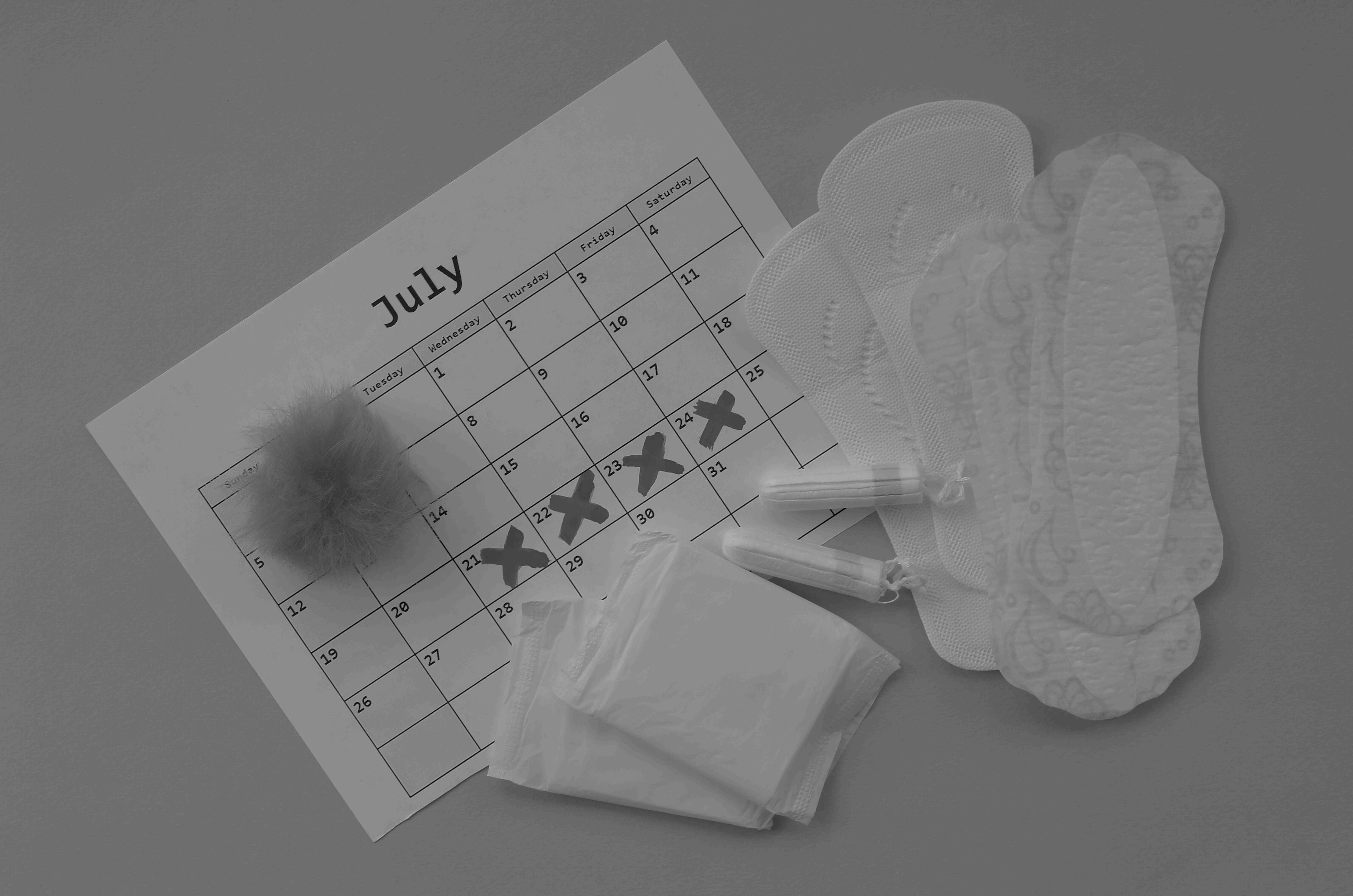
Irregular periods are defined as menstrual cycles that vary significantly in length or are unpredictable in timing, often occurring less frequently than every 21 days or more than 35 days apart. They can manifest as skipped cycles, excessive bleeding, or cycles that last for more than seven days Causes of irregular periods can range from hormonal imbalances and stress to underlying medical conditions such as polycystic ovary syndrome (PCOS) or thyroid disorders
Improving irregular periods often involves lifestyle changes such as maintaining a balanced diet, exercising regularly, managing stress through techniques like yoga or meditation, and ensuring adequate sleep In some cases, medical interventions may be necessary, including hormonal therapies like progesterone, weight loss, thyroid optimization and many others
Tracking menstrual cycles with an app (Flo) or calendar can also help identify patterns and provide valuable insights for managing irregularities.
PCOS
POLYCYSTIC OVARY SYNDROME
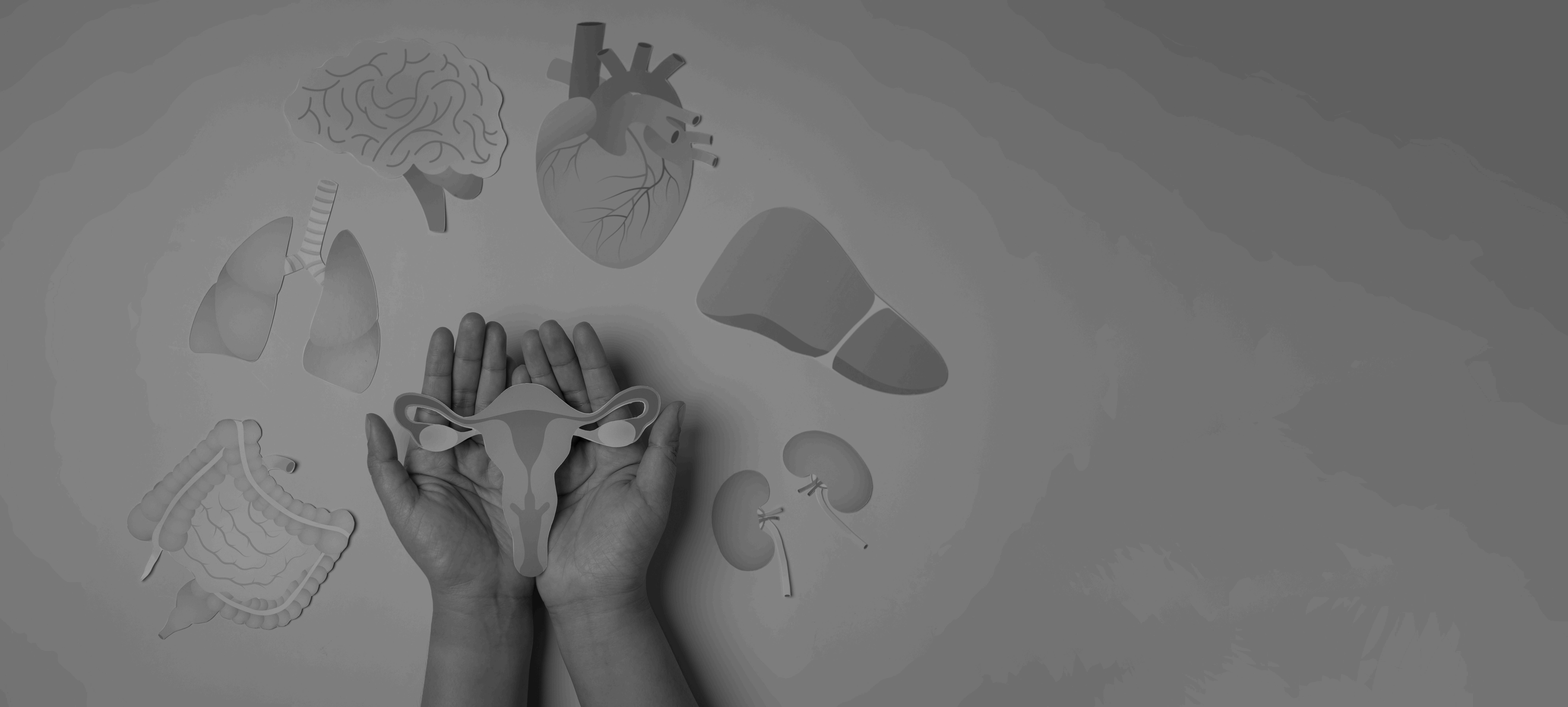
Polycystic ovary syndrome (PCOS) is a common hormonal disorder affecting women of reproductive age, characterized by irregular menstrual cycles, excess androgen levels, and polycystic ovaries. The exact cause of PCOS is unknown, but it is believed to result from a combination of genetic and environmental factors, including insulin resistance, inflammation, and hormonal imbalances. Insulin resistance plays a significant role, as elevated insulin levels can lead to increased androgen production, disrupting ovulation
Managing PCOS involves lifestyle modifications such as adopting a balanced diet rich in whole foods, engaging in regular physical activity to improve insulin sensitivity, and maintaining a healthy weight. Medications like progesterone and insulin-sensitizing drugs like metformin may also be prescribed Stress management techniques, such as yoga and mindfulness, can further support overall well-being and help alleviate some symptoms of PCOS.
pms
PREMENSTRAUL SYNDROME

Premenstrual Syndrome (PMS) is a group of physical and emotional symptoms that many women experience in the days leading up to their menstrual period. These symptoms can vary widely among individuals but commonly include mood swings, irritability, anxiety, depression, fatigue, bloating, breast tenderness, headaches, and changes in appetite or sleep patterns While the exact cause of PMS is not fully understood, it is believed to be linked to hormonal fluctuations during the menstrual cycle, particularly the changes in estrogen and progesterone levels
Managing PMS involves a combination of lifestyle changes and self-care strategies. Regular physical activity, a balanced diet rich in whole foods, and adequate sleep can help alleviate symptoms. Stress management techniques, such as yoga and meditation, can also provide relief. Overthe-counter pain relievers may help reduce physical discomfort, while oral micronized progesterone can offset the impact of high estrogen levels in the luteal phase and minimize symptoms for some women
Keeping track of symptoms with a diary or app can help identify patterns and develop personalized coping strategies For severe symptoms, consulting a healthcare professional is recommended for additional support and treatment options.
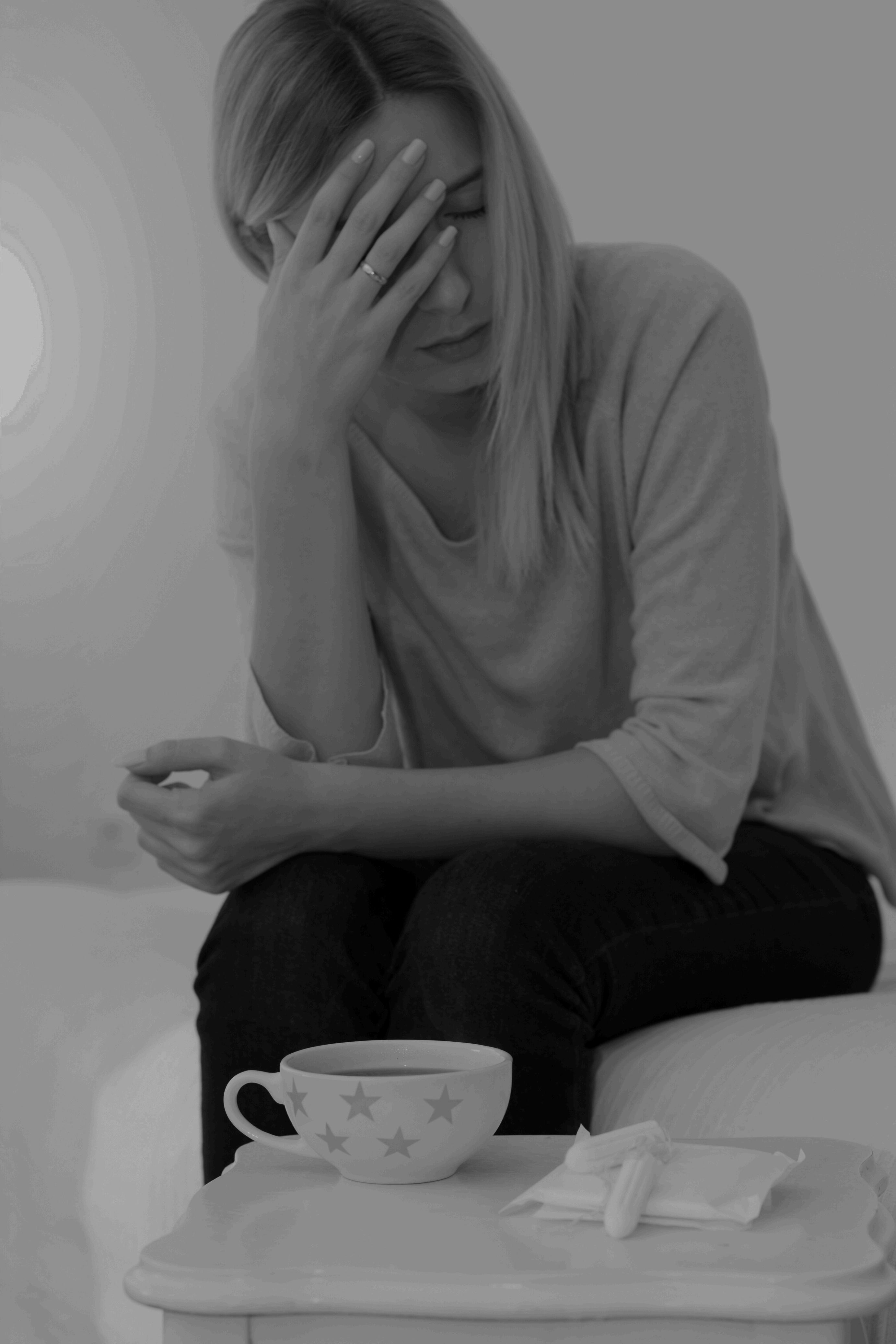
PREMENSTRAUL DYSPHORIC DISORDER
Premenstrual Dysphoric Disorder
(PMDD) is a severe form of premenstrual syndrome (PMS) that significantly impacts a woman's emotional and physical well-being in the days leading up to menstruation. While PMDD shares some symptoms with PMS, it is characterized by more intense and debilitating emotional symptoms, such as severe mood swings, irritability, depression, anxiety, and feelings of being overwhelmed or out of control. Physical symptoms may include extreme fatigue, sleep disturbances, muscle or joint pain, and headaches. The exact cause of PMDD is not fully understood, but it is thought to be related to the body's abnormal response to the hormonal changes of the menstrual cycle
Managing PMDD typically requires a comprehensive approach, including lifestyle modifications such as regular exercise, a healthy diet, and stress reduction techniques like mindfulness or cognitive-behavioral therapy. Oral micronized progesterone can also aid here to alleviate symptoms. Keep a diary of symptoms and effective treatments to tailor your management plan

pmdd
DIAGNOSTIC CRITERIA
Over the course of 1 year, during most menstraul cycles, you must have 5 or more symptoms that have been present during the week before your period and stopping within a few days after your periods starts
These symptoms include
Depressed mood, sadness, hopelessness, or feelings of worthlessness
Increased anxiety, tension, or the feeling of being on edge all the time
Mood swings
Self-critical thoughts, increased sensitivity to rejection
Frequent or sudden tearfulness
Increased irritability, anger, or both
Conflict with family, coworkers, or friends
Decreased interest in normal activities
Concentration problems
Fatigue, lethargy, or lack of energy
Changes in appetite, such as binge eating, overeating, or craving certain foods
Changes in sleep pattern, such as excessive sleeping or difficulty sleeping
Feelings of being overwhelmed or out of control
Physical symptoms, such as breast swelling or tenderness, headaches, joint or muscle aches, weight gain, and bloating
Symptoms must be linked to significant distress Or they must disturb your ability to function in social, work, or other situations
Symptoms are not related to or made worse by another health condition

low libido
DECREASED DESIRE TO HAVE SEX
Low libido in females, also known as hypoactive sexual desire disorder (HSDD), is characterized by a reduced interest in sexual activity that causes distress or interpersonal difficulties. It can be influenced by a combination of physical, psychological, and relational factors. Physical causes may include hormonal imbalances, such as low levels of estrogen or testosterone, medical conditions like thyroid disorders, diabetes, or chronic illnesses, and side effects of certain medications, including antidepressants and birth control pills Psychological factors can encompass stress, anxiety, depression, and past trauma, while relational issues might involve lack of communication, unresolved conflicts, or dissatisfaction within the partnership
Treatment for low libido in females involves addressing the underlying causes and may require a multifaceted approach. For hormonal imbalances, hormone therapy or medications may be prescribed. Addressing medical conditions with appropriate treatment can also improve libido. Counseling or therapy, including cognitivebehavioral therapy (CBT) or sex therapy, can help manage psychological factors and improve relationship dynamics Lifestyle modifications, such as regular exercise, a balanced diet, stress management techniques, and improving sleep quality, can enhance overall well-being and sexual health Open communication with a partner and exploring new ways to connect intimately can also be beneficial.
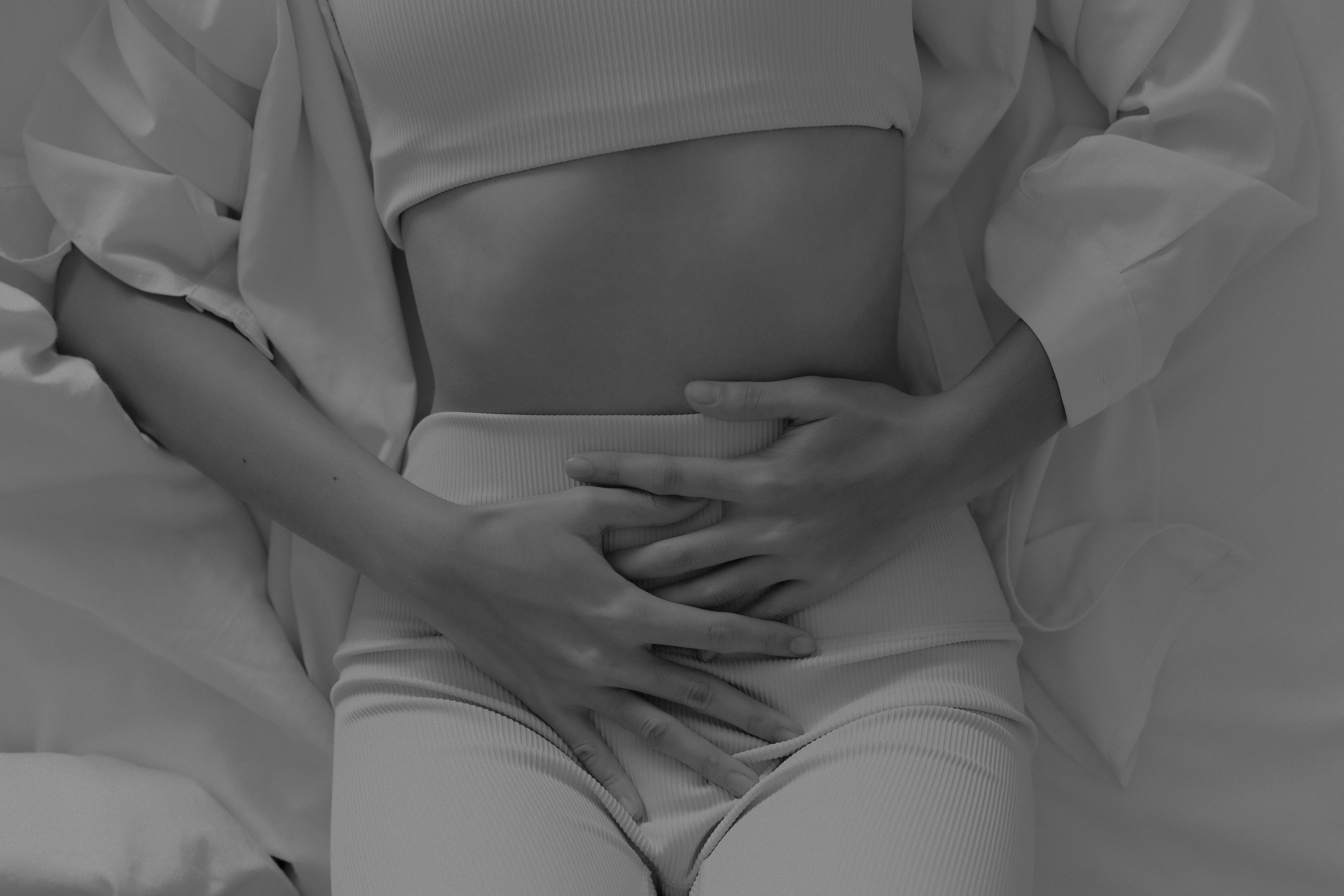
pain with sex
DYSPAREUNIA
Pain during sex, also known as dyspareunia, is a common issue that can affect women at any stage of life. It is characterized by discomfort or pain in the genital area during or after sexual intercourse. Several factors can contribute to dyspareunia, including physical, psychological, and relational causes Physical causes may involve vaginal dryness, often due to hormonal changes such as those occurring during menopause, postpartum, or with certain medications like antihistamines and birth control pills Other physical factors can include infections, such as yeast or urinary tract infections, endometriosis, pelvic inflammatory disease, and anatomical abnormalities. Psychological factors, including anxiety, stress, or past trauma, can also contribute to pain during sex. Relationship issues, such as lack of trust or communication with a partner, may exacerbate the problem.
Treatment for pain during sex depends on the underlying causes and often requires a combination of approaches For physical issues, treatments might include lubricants or vaginal moisturizers to address dryness, pelvic floor physical therapy, or medications to treat infections or inflammation Hormone therapy may be considered for hormonal imbalances Psychological factors may be managed through counseling or therapy, such as cognitive-behavioral therapy (CBT) or sex therapy, to address anxiety, stress, or past trauma. Improving communication with a partner and exploring non-penetrative forms of intimacy can help alleviate relational factors.
Contraceptive methods
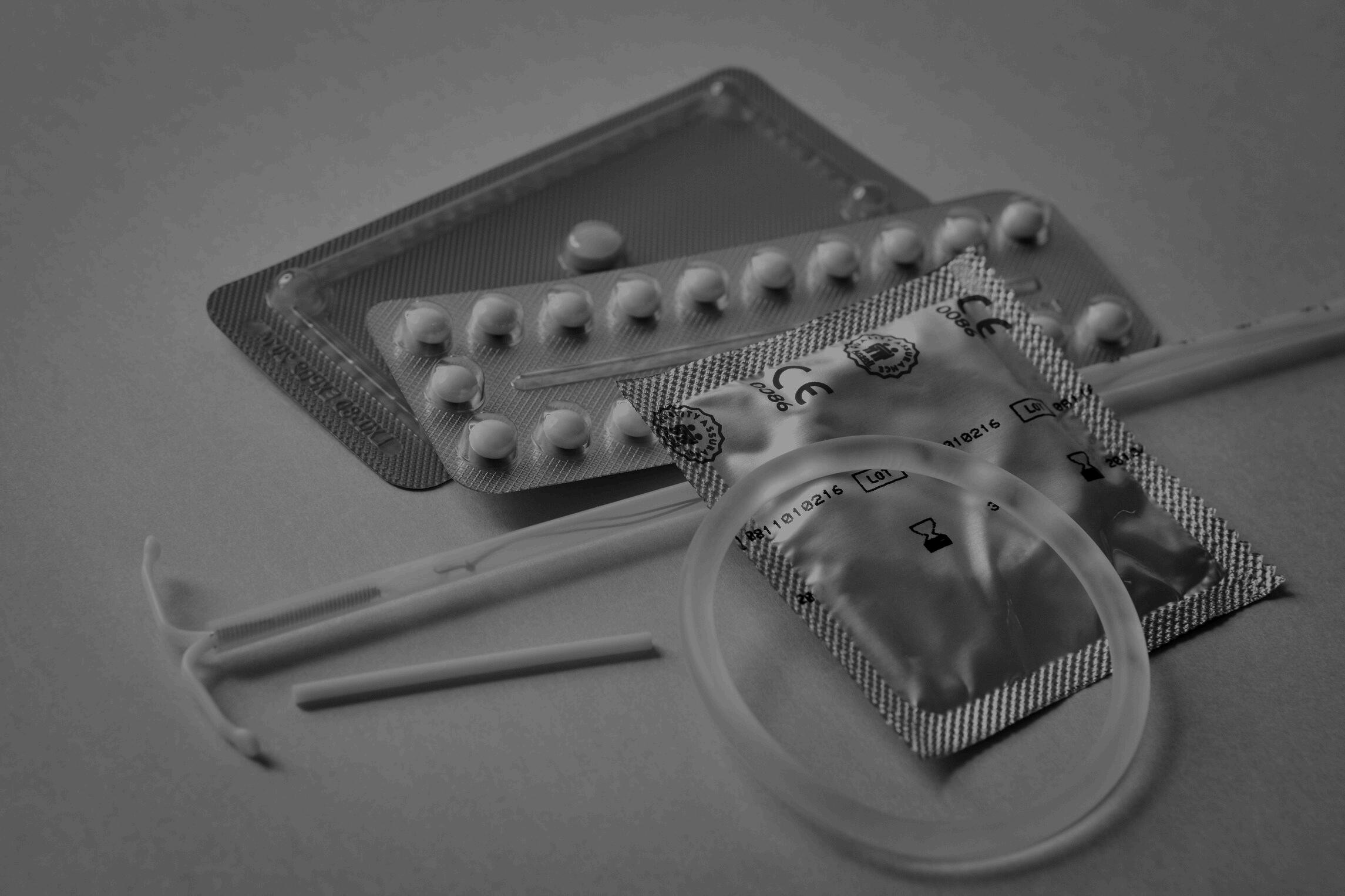
BASAL BODY TEMP
1/2 DEGREE HIGHER AM TEMP WHEN LH SPIKES
ACCURACY = 93%
HORMONAL CONTRACEPTIVES
COMBINED: ESTR+PROG
Ethinyl Estradiol
Synthetic: 20-50mcg
Progestin-4 generations
Moderate Androgenic Norethindrone, Ethynediol Diacetate, medroxyprogesterone (Depo)
High Androgenic
Levonorgestrel: Plan B, Mirena, Kyleena Nongestural
Low Androgenic
Desogrestrel Norgestimate Gestodene Anti Androgen
Drospirenone
BARRIER
CONDOMS/SPERMICIDE
CERVICAL CAP/SPONGE
COPPER IUD (PARAGUARD)
PROGESTIN ONLY MINIPILL IMPLANT/INJECTION MIRENA IUD
Synthetic progestins are designed to mimic the effects of the body's natural progesterone, but they do not function exactly the same way These compounds are often derived from androgen metabolites, such as testosterone or nandrolone and have a steroid backbone that allows them to simulate progesterone's effects Synthetic progestins can interact with multiple receptor types, including androgen receptors, glucocorticoid receptors, and mineralocorticoid receptors leading to varying effects at these sites While they aim to replicate the natural hormone's production and function, their interaction with these receptors can result in a range of side effects that differ from those of natural progesterone
conclusion
The resilience and strength of women are truly remarkable, as they gracefully navigate the multifaceted roles they embody in their personal and professional lives. From nurturing families and pursuing careers to building communities and driving societal change, women constantly balance a myriad of responsibilities and challenges. Despite these demands, women continue to demonstrate incredible endurance and adaptability.
Achieving a healthy mind and body is crucial for women to excel in these diverse roles and to be the best version of themselves. Prioritizing mental and physical well-being empowers women to face life's challenges with confidence and vitality, allowing them to lead with empathy, creativity, and strength By investing in their health, women can cultivate resilience and harness their full potential, inspiring others and making a positive impact on the world around them.

